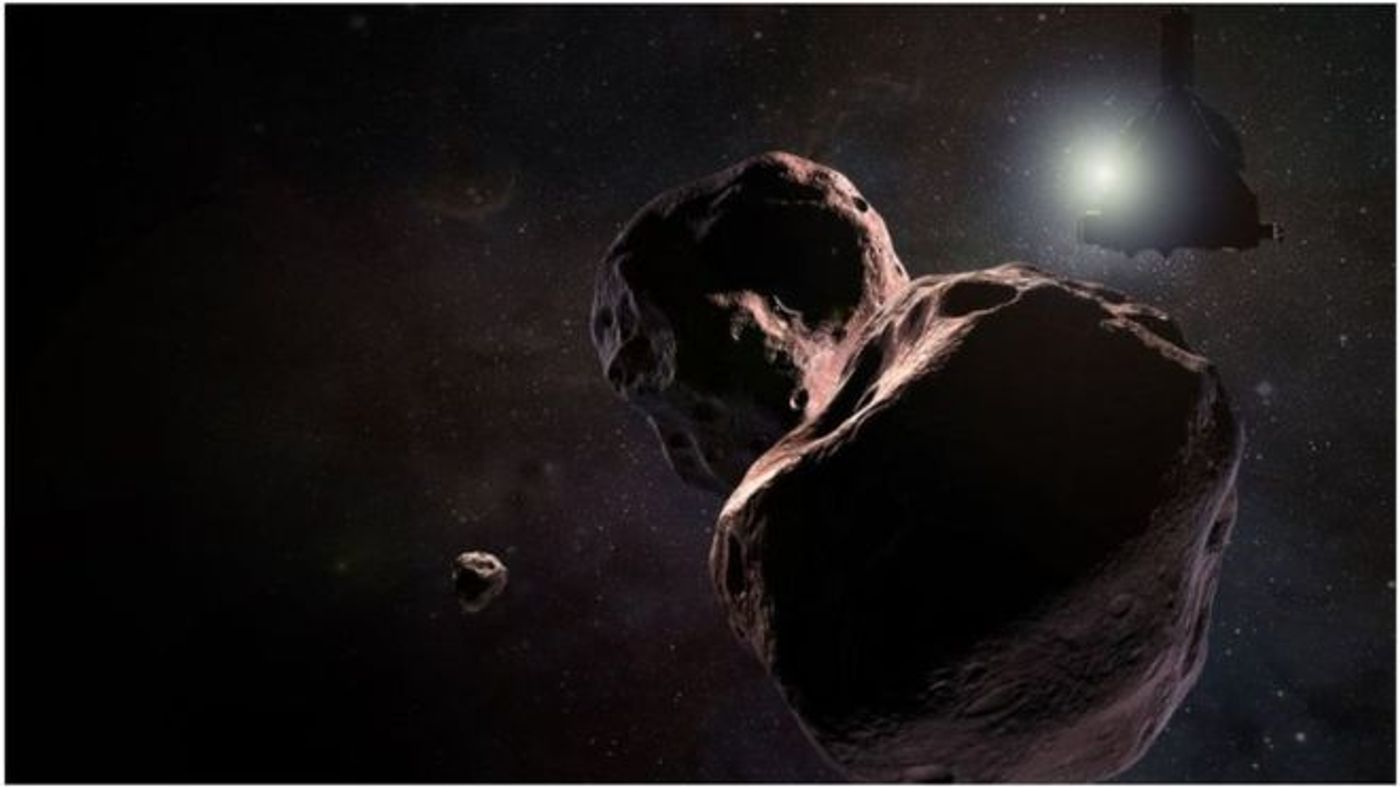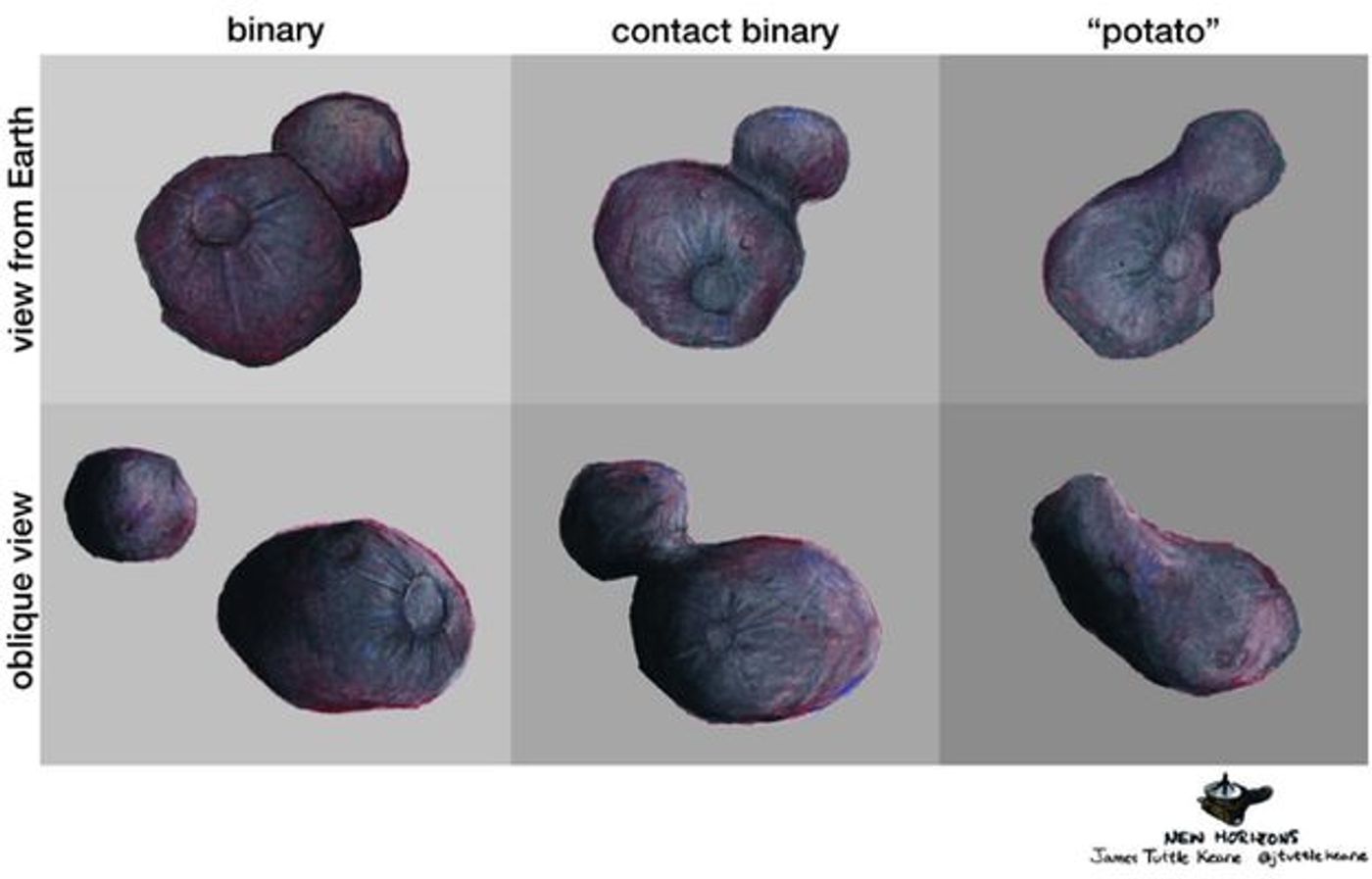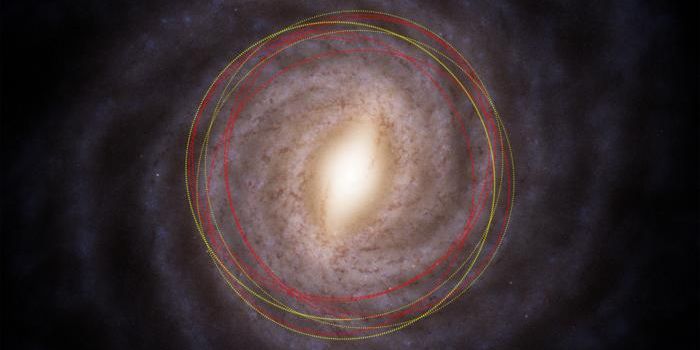New Horizons' Next Target Could Have Its Own Moon
New Horizons made history in 2015 after flying past Pluto and capturing the clearest-ever photographs of the dwarf planet’s surface. Nevertheless, NASA understood that this was merely the beginning of New Horizons' usefulness in the outer solar system.
After completing its primary mission, NASA brainstormed a new target for New Horizons: an icy body from the Kuiper Belt dubbed 2014 MU69.
Because Kuiper Belt Objects (KBOs) are so incredibly distant, it's challenging to study them from Earth. Nevertheless, getting up close and personal with them could help uncover a few secrets concerning our early solar system.
Image Credit: NASA
Given the circumstances, you can probably imagine why NASA’s so thrilled about New Horizons’ next flyby mission, but the excitement doesn't end there. Astronomers now suggest that 2014 MU69 could harbor a moon of its own, turning this mission into a ‘buy one get one free’ deal of sorts.
Astronomers stumbled upon this conclusion after studying the KBO with the Hubble Space Telescope as it passed in front of distant stars. These occultation-based observations revealed lobular qualities in 2014 MU69, underscoring that either the KBO hosts a moon or that it might sport a similar shape to the 67P comet.
"We really won't know what MU69 looks like until we fly past it, or even gain a full understanding of it until after the encounter," noted New Horizons science team-member Dr. Marc Buie, from the Southwest Research Institute in Boulder, Colorado. "But even from afar, the more we examine it, the more interesting and amazing this little world becomes."
Related: New Horizons adjusts its course to meet up with 2014 MU69
2014 MU69 measures only about 20 miles across, and astronomers say that if the KBO has a moon, it could span a mere 3 miles across in comparison. Regarding its distance, those same astronomers suggest it orbits within approximately 120 miles of the KBO.
"We think this is probably a sign that the object itself was not a collision fragment; we think it was made this way," Buie continued. "And so we really are going to see something that dates back to the birth of our Solar System."
Since 2014 MU69 is such a dark object and resides so far away from Earth, it’s challenging to study without being right on top of it. NASA’s chance comes between December of 2018 and January of 2019, which is when New Horizons will get close enough to snap a few photographs. Once it does, the probe will transmit that data to scientists on Earth for analysis.
As of now, there’s no telling what we might see. On the other hand, the flyby could validate assumptions conceived by the occultation data and tell us more about the formation of the solar system, among other things.
Without a doubt, it will be interesting to see what the flyby teaches us.
Source: BBC










